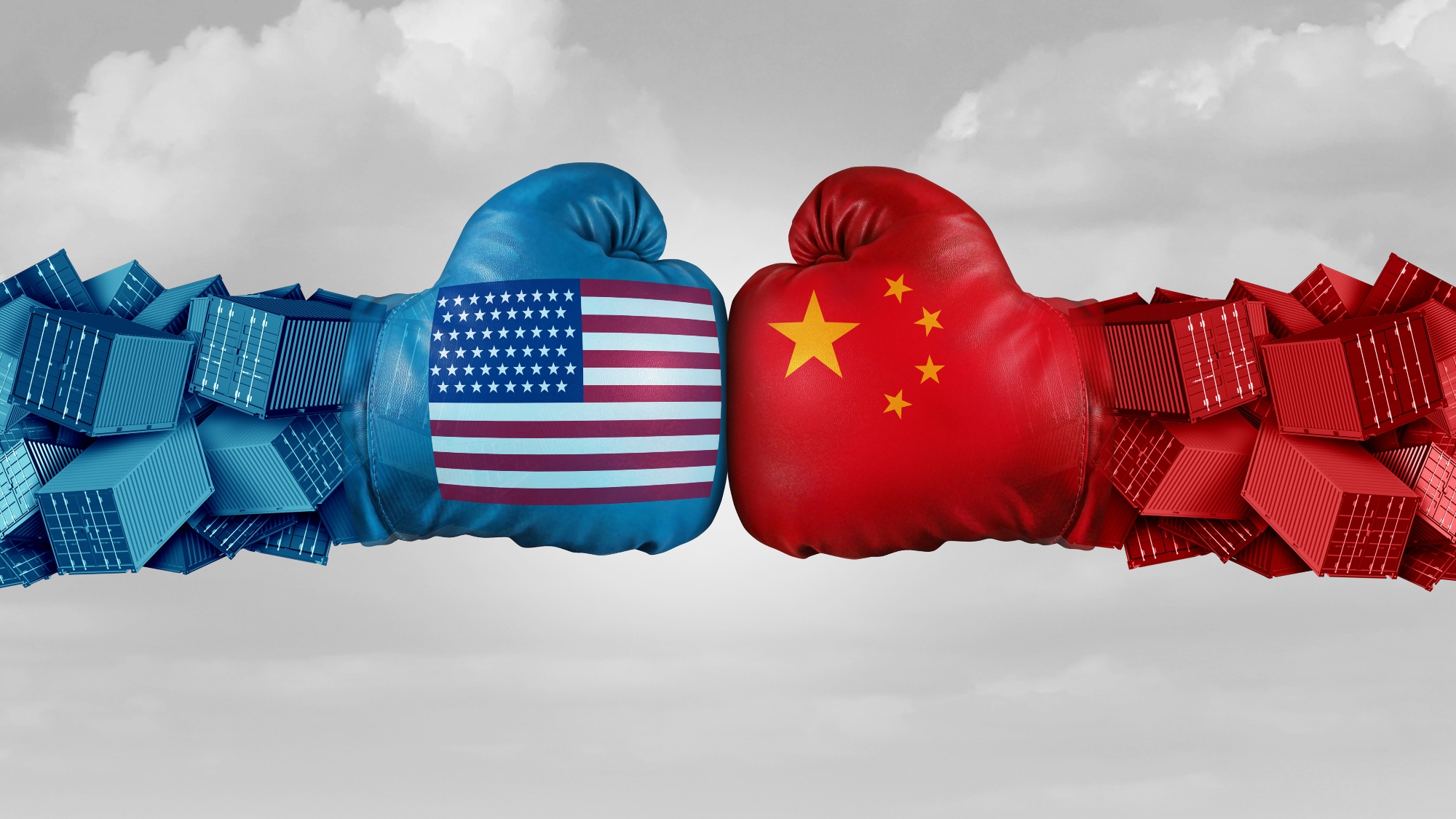Do Organizations Consider Strategic Cost Management When They Outsource To China?
In today’s economy, the driving force behind global competition can be summarized in a single equation:
Value = (Quality + Technology + Service + Cycle Time) / Price
At the same time, the trend towards increasing outsourcing to China seems to focus entirely on the denominator – price. One CEO that I recently spoke with put forward a remarkable hypothesis: that the current high manufacturing productivity in the US has been due to the low wages associated with all the goods we purchase from China! Although outsourcing has a major impact on all of the variables in the numerator in this equation, it is not clear that organizations fully account for the total value equation, and more over, the primary driver of price, which is total cost.
The major responsibility of purchasing is to ensure that the price paid for an item is fair and reasonable. The price paid for purchased products and services will have a direct impact on the end customer’s perception of value provided by the organization, thereby leading to a competitive advantage in the marketplace. By delivering value through continued progress in reducing costs, and thereby improving profit margins and return on assets for enterprises, purchasing is truly becoming a force of its own within the executive boardroom.
Evaluation of a supplier’s actual cost to provide the product or service, versus the actual purchase price paid, is an ongoing challenge within all industries. In many situations, the need to control costs requires a focus on the costs associated with producing an item or service, versus simply analyzing final price. In these cases, innovative pricing approaches involve cost identification as a process leading to agreement on a final price. In other cases, however, purchasing may not need to spend much effort understanding costs, and will focus instead on whether the price is fair given competitive market conditions.
Purchasing and supply chain specialists must understand the principles of price and cost analysis. Price analysis refers to the process of comparing supplier prices against external price benchmarks, without direct knowledge of the supplier’s costs. Price analysis focuses simply on a seller’s price with little or no consideration given to the actual cost of production. In contrast, cost analysis is the process of analyzing each individual cost element (i.e., material, labor hours and rates, overhead, general and administrative costs, and profit) that together add up to the final price. Ideally, this analysis identifies the actual cost to produce an item so the parties to a contract can determine a fair and reasonable price and develop plans to achieve future cost reductions. Finally, total cost analysis applies the price/cost equation across multiple processes that span two or more organizations across a supply chain.
It is critical that manufacturers fully understand the total cost of shipping a good manufactured from China into the United States, which may embody shipping, tariffs, inventory, quality, and other costs that are over and above the actual price paid to the Chinese manufacturer. Another issue that few people are paying attention to is the astronomical price increase associated with raw materials. For example, the price of nickel on the open market has increased by 1400% in the last eight months! Similarly, the price of steel and copper has effectively quadrupled during this period. Why? The voracious appetite by Chinese manufacturers and growth in manufacturing plants has consumed massive quantities of these raw materials, to the point where even scrapyards are scraping the bottom of the barrel to feed the monster.
Managers are increasingly considering the implications of price and cost management from a total supply chain perspective, as shown in Exhibit 1: Cost Management Approaches. In the past, many companies focused their cost efforts on internal cost management initiatives. These included approaches such as value analysis, process improvements, standardization, improvements in efficiency by utilizing technology, and others. Although these approaches are still relevant, the impact that they have on the majority of costs is not as great as in the past. Why? With the increased amount of outsourcing occurring in every global company today, the majority of the cost of goods sold is driven by suppliers, who are outside of the four walls of an organization. In this environment, organizations wanting to fully capture the benefits of cost-reduction initiatives must implement approaches that include both upstream and downstream members of their supply chains. Such a change requires a fundamental shift in thinking in the minds of managers and employees.
This “new generation” of cost management initiatives requires that purchasing and logistics executives adopt a series of new initiatives that can deliver results ot the bottom line. As shown shown in Exhibit 2: Supply Chain Strategic Cost Management Processes, strategic cost management approaches typically involve at least two or more supply chain partners working together to identify process improvements that reduce costs across the supply chain. Examples include team-based value-engineering efforts, supplier development and kaizen events, cross-enterprise cost reduction projects, joint brainstorming efforts on new products, supplier suggestion programs, and supply chain redesign efforts. These types of efforts require that both parties commit to achieving cost reduction efforts that go beyond simple haggling over prices.
Strategic cost management approaches will vary according to the stage of the product life cycle. As shown in Exhibit 3: Managing Life Cycle Costs, various approaches are appropriate at different product life cycle stages. In the initial concept and development stage, purchasing will often act proactively to establish cost targets. Target costing/target pricing is a technique developed originally in Japanese organizations in the 1980s to combat the inflation of the yen against other currencies. Target pricing, quality function deployment, and technology sharing are all effective approaches for cost reduction used at this stage.
As a product or service enters the design and launch stages, supplier integration, standardization, value engineering, and design for manufacturing can improve the opportunity to use standard parts and techniques, leverage volumes, and create opportunities for cost savings. During the product or service launch, purchasing will adopt more traditional cost-reduction approaches, including competitive bidding, negotiation, value analysis, volume leveraging, service contracts focusing on savings, and linking longer-term pricing to extended contracts. As a product reaches its end of life, purchasing cannot ignore the potential value of environmental initiatives to remanufacture, recycle, or refurbish products that are becoming obsolete. As an example of this, print cartridge manufacturers such as Xerox and Hewlett-Packard have developed innovative technologies that allow customers to recycle laser toner cartridges, which are subsequently refurbished and used again, eliminating landfill costs.
The major benefits from cost-reduction efforts occur when purchasing is involved early in the new-product/service development cycle. When sourcing decisions are made early in the product life cycle, the full effects of a sourcing decision over the product’s life can be considered. When purchasing is involved later in the product development cycle, efforts to reduce costs have a minimal impact because the major decisions regarding types of materials, labor rates, and choice of suppliers have already been made. A manager in a major automotive company described this situation as follows: “In the past, we allowed engineering to determine the specifications, the materials, and the supplier. In fact, the supplier already produced the first prototype! That’s when they decided to call in purchasing to develop the contract. How much leverage do you have in convincing the supplier to reduce costs when the supplier already knows they are guaranteed the business, and they have already sunk money into a fixed design and tooling for the product?” (1)
In the future, organizations will need to develop more effective methods of controlling costs. With the rapid increase in raw material prices, we are surely going to see higher levels of inflation and growing interest rates in 2004. The only question is just how rapid this increase will be. Developing an early preventive and structured strategy for controlling costs would be a good idea in anticipation of this effect.
Reference:
(1) Personal interview by Robert Handfield with John Calabrese, VP of Advanced Purchasing, General Motors, August 16, 2000.
- Categories:


